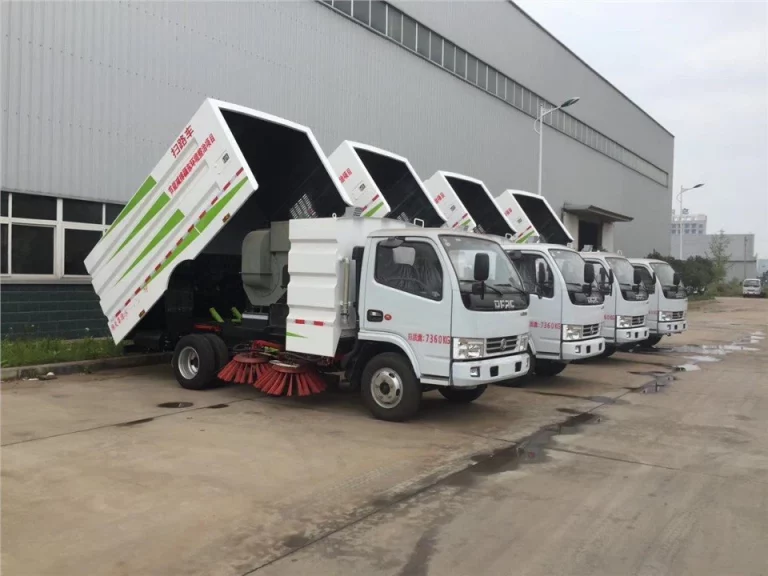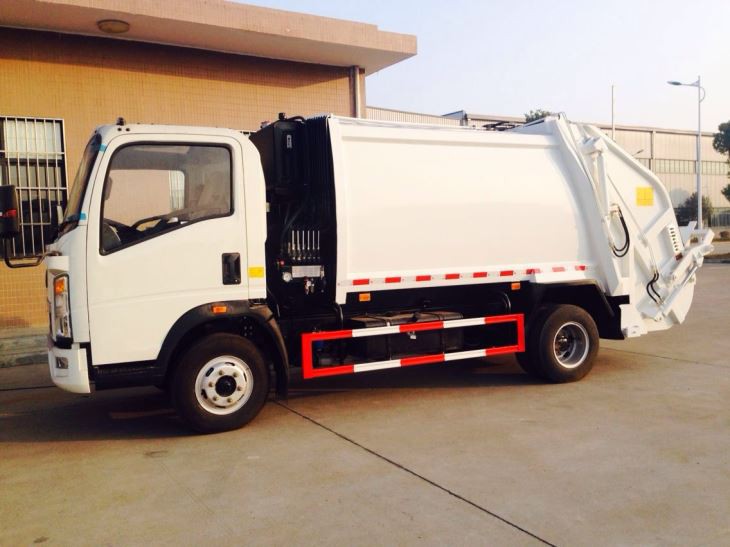Introduction
Septic pumping trucks play a vital role in the maintenance and operation of septic systems. Proper maintenance of these systems is crucial to prevent costly repairs and protect the environment. In this article, we will delve deeply into what septic pumping trucks are, how they operate, the importance of regular septic pumping, and much more. Whether you’re a homeowner, a business owner, or involved in the maintenance sector, this comprehensive guide will provide valuable insights.
What is a Septic Pumping Truck?
A septic pumping truck is specialized equipment designed to remove and transport waste from septic tanks. These trucks are equipped with holding tanks, hoses, and pumps that allow for efficient waste removal. Understanding this essential piece of equipment is crucial for maintaining a proper septic system.
Components of a Septic Pumping Truck
Septic pumping trucks are comprised of several key components:
- Vacuum Tank: This is the main holding area for the waste. It can vary in size depending on the truck model.
- Pump System: A powerful pump creates a vacuum that pulls waste into the tank through the hoses.
- Hoses: Flexible tubing that connects the truck to the septic tank, varying in length and diameter according to the site requirements.
- Control Panel: The truck’s control system allows the operator to manage the pumping process.
- Chassis: The vehicle’s foundation supports everything. It must be robust to carry the weight of the waste and equipment.
The Importance of Septic Pumping
Regular septic pumping is crucial for several reasons:
Preventing System Failures
Accumulation of solids in the tank can lead to blockages, overflows, or even damage to the drain field. Regular pumping helps avoid these issues, ensuring that the septic system functions properly.
Protecting the Environment
Improperly maintained septic systems can leak harmful materials into the groundwater. Regular pumping, followed by disposal at approved facilities, helps mitigate environmental threats.
Extending the Life of Your System
Proper maintenance, including regular pumping, can significantly extend the life of a septic system, saving homeowners from costly replacements.
How Often Should You Pump Your Septic Tank?
The frequency of septic pumping varies based on several factors:
| Household Size | Frequency (Years) |
|---|---|
| 1-2 people | 4-5 years |
| 3-4 people | 3-4 years |
| 5-6 people | 2-3 years |
| 7+ people | 1-2 years |
Consult with a local septic service provider for tailored recommendations.
What Happens During a Septic Pumping Service?
Understanding the pumping process can help homeowners prepare for the service:
Initial Inspection
The service begins with the technician inspecting the system. This includes checking the access points and assessing the tank’s condition.
Pumping Process
The technician uses a vacuum hose to remove the sludge and scum layer. The pump pulls waste into the tank of the septic truck. Ideally, the waste should be pumped out completely to maintain the tank’s health.
Post-Pumping Inspection
After pumping, the technician will inspect the tank again and recommend any necessary repairs or maintenance.
Choosing the Right Septic Pumping Service
Selecting a reliable septic pumping service is crucial for maintaining your system. Consider the following when making your choice:
Reputation and Experience
Look for established companies with positive reviews. Experience is critical in ensuring that the service is done correctly.
Certification and Equipment
Ensure the company has qualified technicians and modern equipment, including a well-maintained septic pumping truck.
Pricing and Transparency
While it’s important to find affordable services, avoid low bids that might indicate subpar service. Request a written estimate detailing costs.
Common Questions and Myths About Septic Pumping
What is the average cost of septic pumping?
The typical cost ranges from $200 to $500, depending on various factors such as tank size and location.
Can I pump my septic tank myself?
Pumping a septic tank should be done by trained professionals for safety and compliance reasons.
What can I do to extend the time between pumpings?
Conserve water, avoid flushing non-biodegradable items, and maintain the drain field by keeping it clear of debris.
Is septic tank pumping necessary if I use additives?
Additives may help maintain the health of your septic system, but they don’t replace the need for regular pumping.
How do I know if my septic tank needs pumping?
Signs include slow drains, gurgling sounds in pipes, or unpleasant odors around the tank area.
What happens if I ignore septic pumping?
Failing to pump your septic tank can lead to system failure, costly repairs, and potential environmental damage.
Real-Life Experiences with Septic Pumping Trucks
Homeowners often have unique accounts related to their experiences with septic pumping services. Here are a few examples:
Case Study 1: The Overflowing Tank
A family in a rural area faced severe wastewater backup due to ignoring regular pumping. On a busy holiday, the overflow led to a costly emergency service call. They learned the importance of maintaining a schedule.
Case Study 2: Business Aftercare
A local restaurant experienced frequent septic issues, disrupting operations. After consulting with a septic service provider, they established a regular pumping schedule, resulting in improved functionality and customer satisfaction.
Tips for Maintaining Your Septic System
Here are practical tips for homeowners to ensure their septic systems function effectively:
- Educate Yourself: Understand how your system works.
- Limit Water Usage: Spread out laundry and other water-heavy tasks.
- Maintain Drain Fields: Keep heavy objects and vehicles off this area to prevent soil compaction.
- Check for Leaks: Regularly inspect for leaks in your plumbing.
Conclusion
Septic pumping trucks and regular maintenance are critical to ensuring the longevity and effectiveness of septic systems. By understanding the components, importance, and process, homeowners can take proactive steps in managing their septic systems. Always consult with professionals for tailored advice and ensure environmental safety and compliance.






